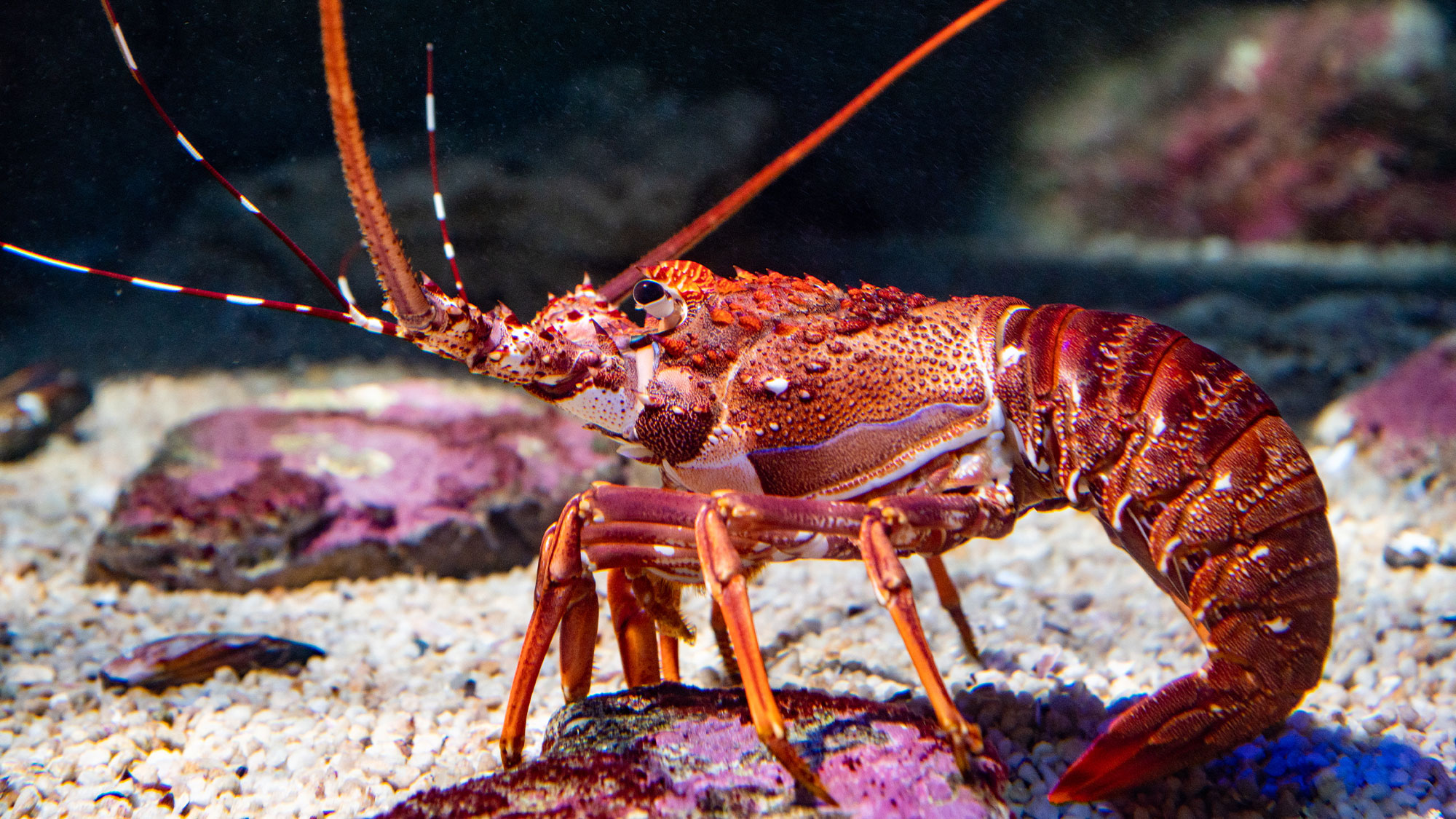
This article is part of our Cocktail Chatter series, where we dive into the wild, weird, and wondrous corners of history to share over a cocktail and impress your friends.
Once considered pedestrian grub, lobster is now a pricey and sought-after indulgence. The crustacean makes for luscious ravioli, hearty bisque, or a region-specific lobster roll. But it turns out that one specific variety rocking the lobster name has been faking it all along.
There are two primary types of lobster found on the market today: the esteemed Maine lobster and the rock lobster, also known as a spiny lobster. Though the two look alike and are equally delicious dipped in melted butter, rock lobsters aren’t technically in the same taxonomic category as true lobsters. As animals, Maine lobsters and rock lobsters both fall under the Crustacea subphylum and within the Decapoda order, which also includes animals like shrimp, prawns, and crabs. But when it comes to the next stage of classification, or family, that’s where the two diverge. Maine lobsters, which are considered “true” lobsters, belong to the Nephropidae family whereas rock lobsters can be found in the Palinuridae family.
So, what are the major differences between these categories? It mostly comes down to the claws. Both of these species have five pairs of legs on their main body segments and five pairs of swimmerets (smaller limbs used for swimming), but only Maine lobsters have large claws closest to their heads.These true lobsters use their signature claws to attack and catch prey — one sharp cutter claw for tearing up their food, and an even bigger crusher claw for, well, crushing it. Since they’re armed with these efficient weapons, Maine lobsters can eat a wide range of prey from small fish to crabs and sea stars. While this species is definitely built for aggression, rock lobsters don’t have claws at all, and are thus more defensive creatures. Since they have smaller arms, they aren’t quite the hunting experts that true lobsters are, and eat smaller animals like snails and clams. Without impressive claws, rock lobsters developed mechanisms to help ward off predators, like sharp thorns along their bodies and two horns on their heads.
Outside of their morphology, Maine lobsters and rock lobsters also live in different environments. Maine lobsters tend to live in cold oceans and seas, hence the Maine of it all, while rock lobsters can be found in coral reefs and in crevices of rocks in more tropical areas. There are also slight differences between the two when it comes to taste: Maine lobster is revered for its delicate, sweet flavor and unctuous mouthfeel, and rock lobster tails can taste brinier and have a firmer texture.
So, while Maine enthusiasts can rest assured that all of their state’s pride is riding on a tried-and-true lobster species, rock lobster lovers might need some time to digest the years of lies.
*Image retrieved from Jurie via stock.adobe.com
The article Despite Their Name, Rock Lobsters Are Not Lobsters appeared first on VinePair.








